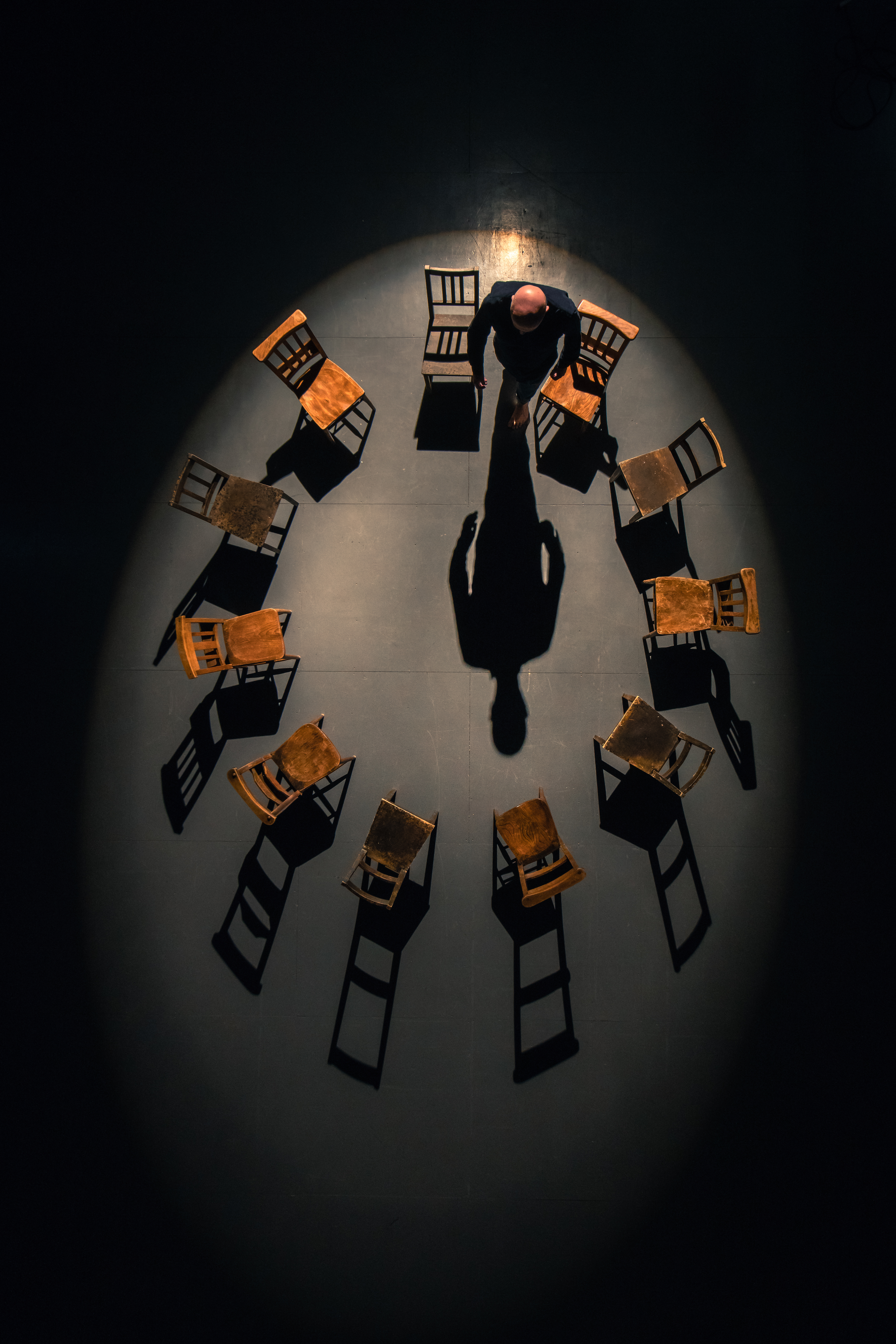Narrative Dimensions and European Theatre, from the Early Twentieth Century to the Present
DOI:
https://doi.org/10.13133/2239-1983/18063Abstract
This monographic issue promotes a discussion on the several ways in which the intersection between the narrative dimensions and European theatre has become, since the early Twentieth Century to the present time, a particularly fertile arena in which the identity of the European theatre scene is innovated and reinvented.
In their articles, contributors have investigated how the culture of the novel - put into practice by people working in theatre through staging, adapting, playwriting, stage reading, training, workshops and so on - affected the definition of new languages to write, live and think the theatre scene.
Our interest has been, from a historical and comparative perspective, the complexity of some of the most historiographically meaningful turning points (naturalism, epic theatre, postdramatic theatre etc.), as well as single instances testifying to the intrinsic multiplicity of a phenomenon which is today more and more rooted in European culture. As a matter of fact, if going to the theatre to ‘watch’ a novel has become an increasingly frequent experience (adaptations, re-writings, appropriations), it is just as easy to find, within new theatre practices, forms and aspects of authoriality indebted to the novel.
Published
Versions
- 2022-07-07 (4)
- 2022-06-30 (3)
- 2022-06-28 (2)
- 2022-06-28 (1)
How to Cite
Issue
Section
License
Gli autori che pubblicano su questa rivista accettano le seguenti condizioni:- Gli autori mantengono i diritti sulla loro opera e cedono alla rivista il diritto di prima pubblicazione dell'opera, contemporaneamente licenziata sotto una Licenza Creative Commons - Attribuzione che permette ad altri di condividere l'opera indicando la paternità intellettuale e la prima pubblicazione su questa rivista.
- Gli autori possono aderire ad altri accordi di licenza non esclusiva per la distribuzione della versione dell'opera pubblicata (es. depositarla in un archivio istituzionale o pubblicarla in una monografia), a patto di indicare che la prima pubblicazione è avvenuta su questa rivista.
- Gli autori possono diffondere la loro opera online (es. in repository istituzionali o nel loro sito web) prima e durante il processo di submission, poiché può portare a scambi produttivi e aumentare le citazioni dell'opera pubblicata (Vedi The Effect of Open Access).


